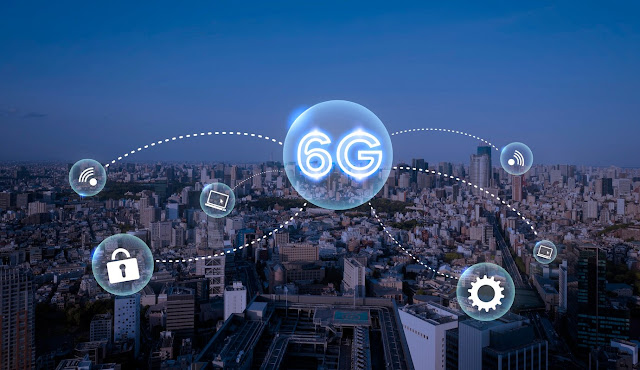6G Technology: Envisioning the Future of Connectivity
Introduction:
In the relentless pursuit of faster, more efficient communication, the technological landscape is already looking beyond 5G to the promising frontier of 6G. This article explores the evolving concept of 6G technology, delving into its potential capabilities, envisioned applications, and the transformative impact it might have on how we connect, communicate, and interact in the coming decades.
Body:
Beyond 5G: Unveiling the 6G Vision:
Begin by introducing the transition from 5G to 6G, emphasizing the need for even faster data speeds, lower latency, and enhanced connectivity. Explore the vision behind 6G technology, highlighting its potential to revolutionize industries and redefine the way we experience connectivity.
Key Features of 6G Technology:
Explore the anticipated features that will distinguish 6G from its predecessors. Discuss advancements such as terahertz frequencies, significantly faster data rates, improved energy efficiency, and the integration of artificial intelligence, which collectively contribute to the envisioned capabilities of 6G.
Terahertz Communication: Unlocking Unprecedented Speeds:
Delve into the role of terahertz frequencies in 6G communication. Explain how the utilization of these higher frequencies can enable data transfer rates that surpass those achievable with current technologies, laying the foundation for ultra-fast, high-capacity communication networks.
Artificial Intelligence Integration: Smart Networks:
Discuss the integration of artificial intelligence (AI) in 6G networks, exploring how AI-driven technologies will enhance network management, optimize resource allocation, and contribute to the development of smart, adaptive communication systems capable of learning and evolving.
Applications Across Industries: Envisioning the Possibilities:
Explore the potential applications of 6G technology across various industries, including healthcare, manufacturing, transportation, and entertainment. Discuss how the unparalleled speed and reliability of 6G could lead to breakthroughs in fields such as remote surgery, autonomous vehicles, and immersive virtual experiences.
Challenges and Considerations:
Acknowledge the challenges associated with the development and deployment of 6G technology. Discuss considerations such as infrastructure requirements, security concerns, and the need for global standards to ensure seamless integration and interoperability on a global scale.
Global Collaboration and Research Initiatives:
Highlight the importance of international collaboration in the development of 6G technology. Discuss ongoing research initiatives, partnerships between academia and industry, and the role of standardization bodies in shaping the global roadmap for 6G deployment.
Environmental Sustainability: Greening the Future:
Discuss how 6G technology aims to address environmental concerns by optimizing energy consumption and promoting sustainability. Explore innovations such as energy-efficient communication protocols and the potential positive impact on reducing the carbon footprint of future communication networks.
Conclusion:
As the world anticipates the arrival of 6G technology, the possibilities seem boundless. From lightning-fast communication to groundbreaking applications across industries, 6G stands as a testament to humanity's unceasing quest for connectivity innovation, pointing the way toward a future where the digital realm seamlessly integrates with every facet of our lives.




Comments
Post a Comment